The Hudson Valley
Place is a journey, and ours began a long time ago…
Place Corps started at Hawthorne Valley Farm with the Pilot Fellowship in 2020, and is now rooted Kingston with the Kingston Fellowship and our Homeroom located in Uptown!

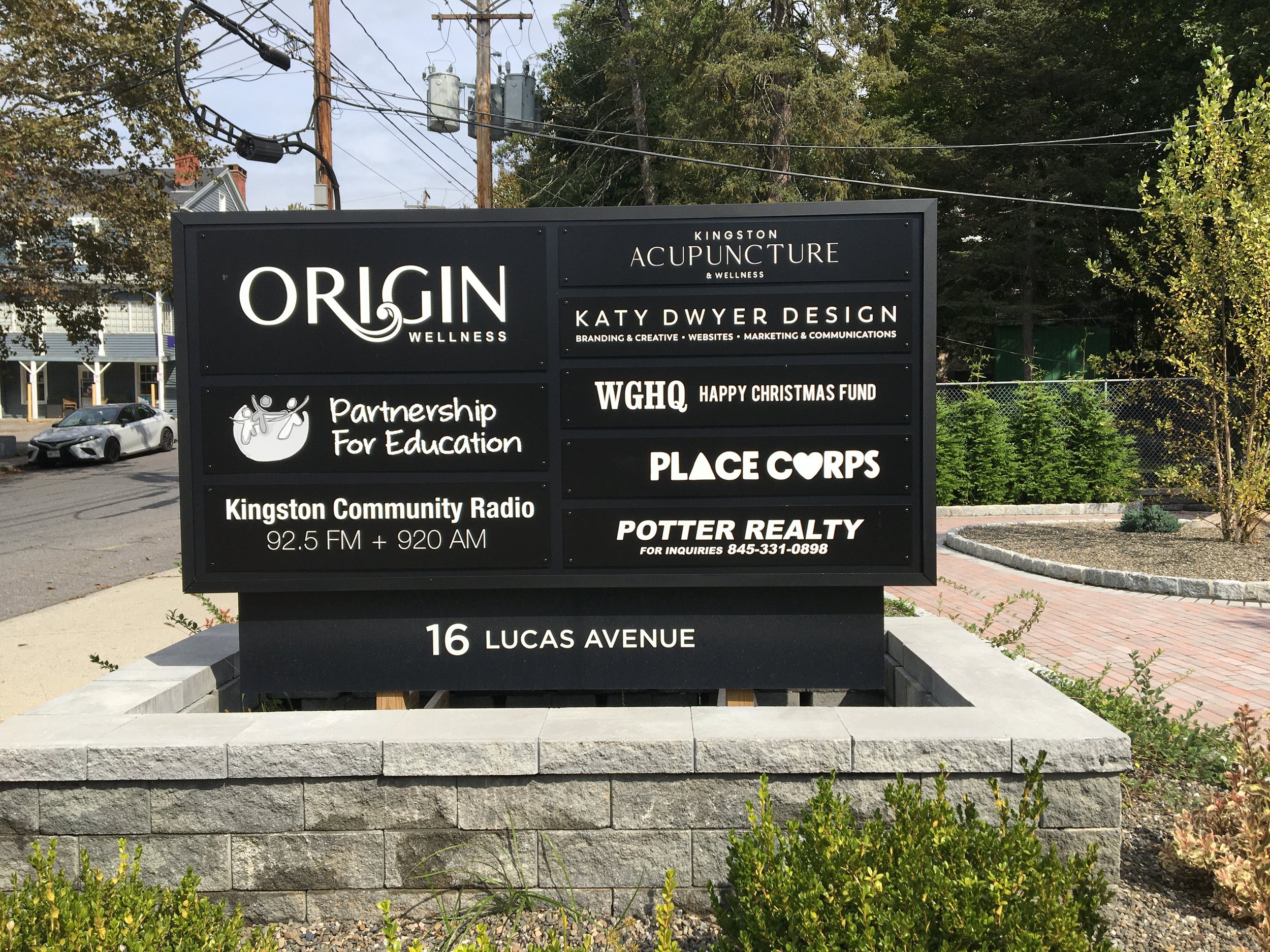
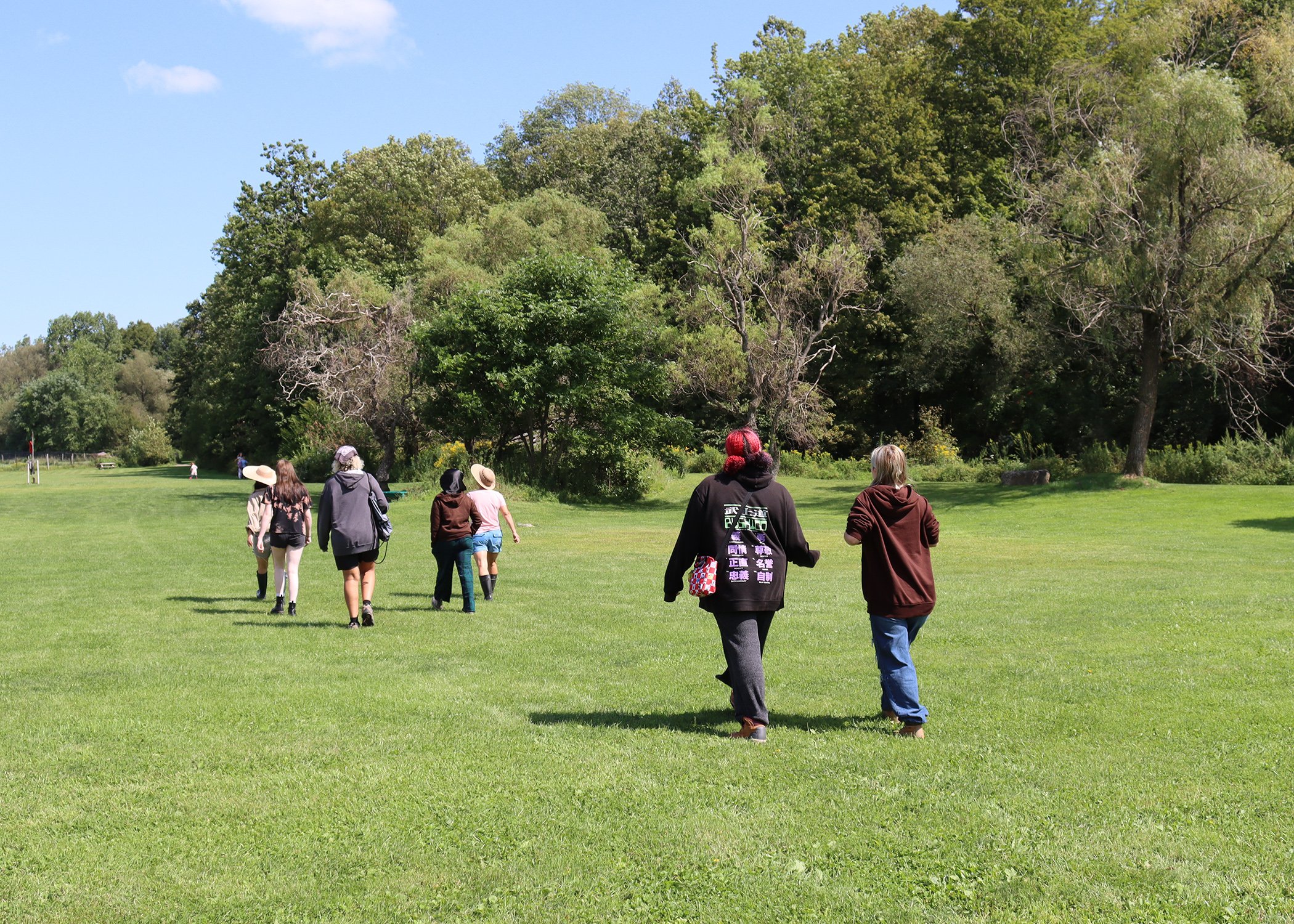
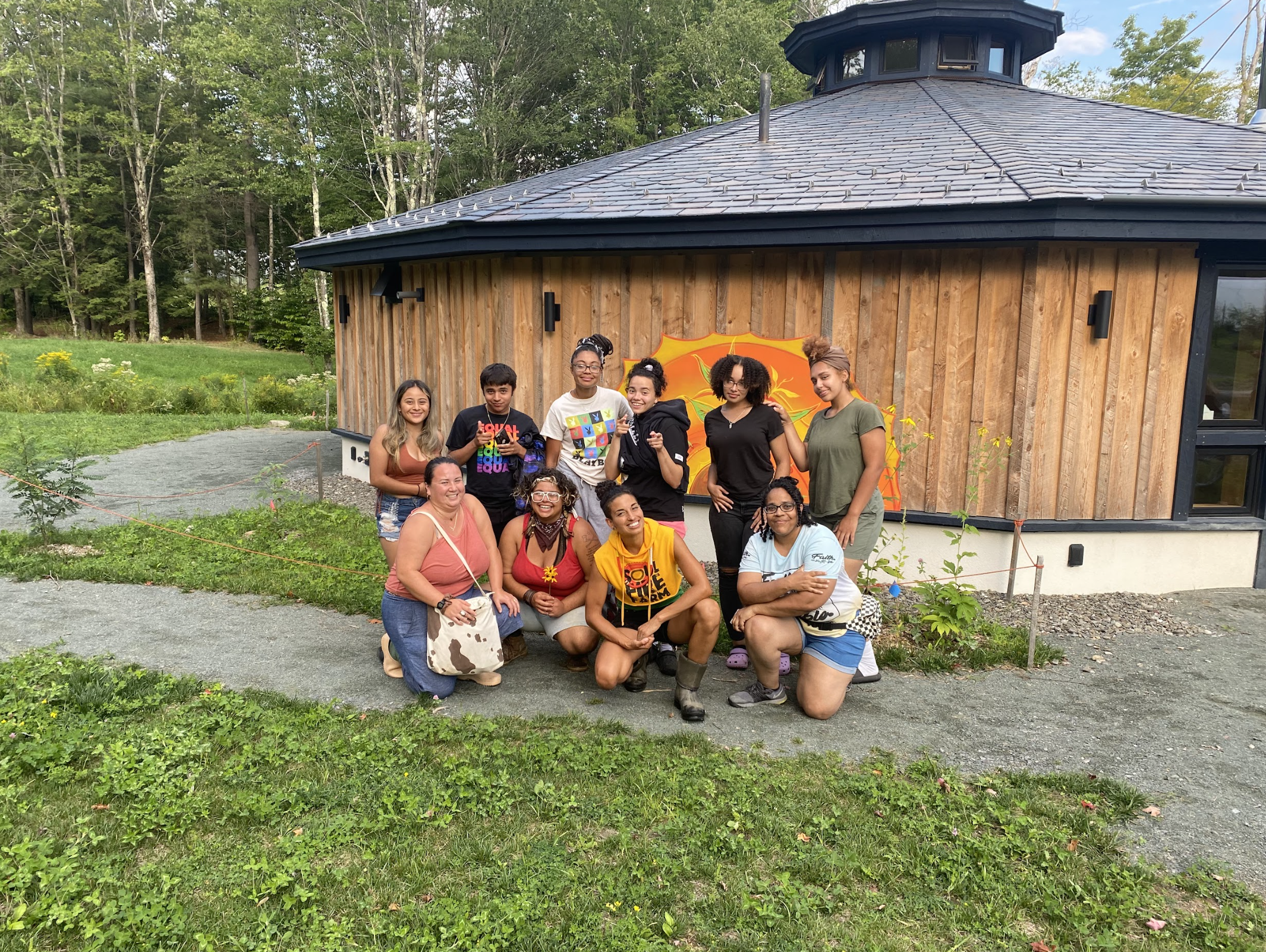

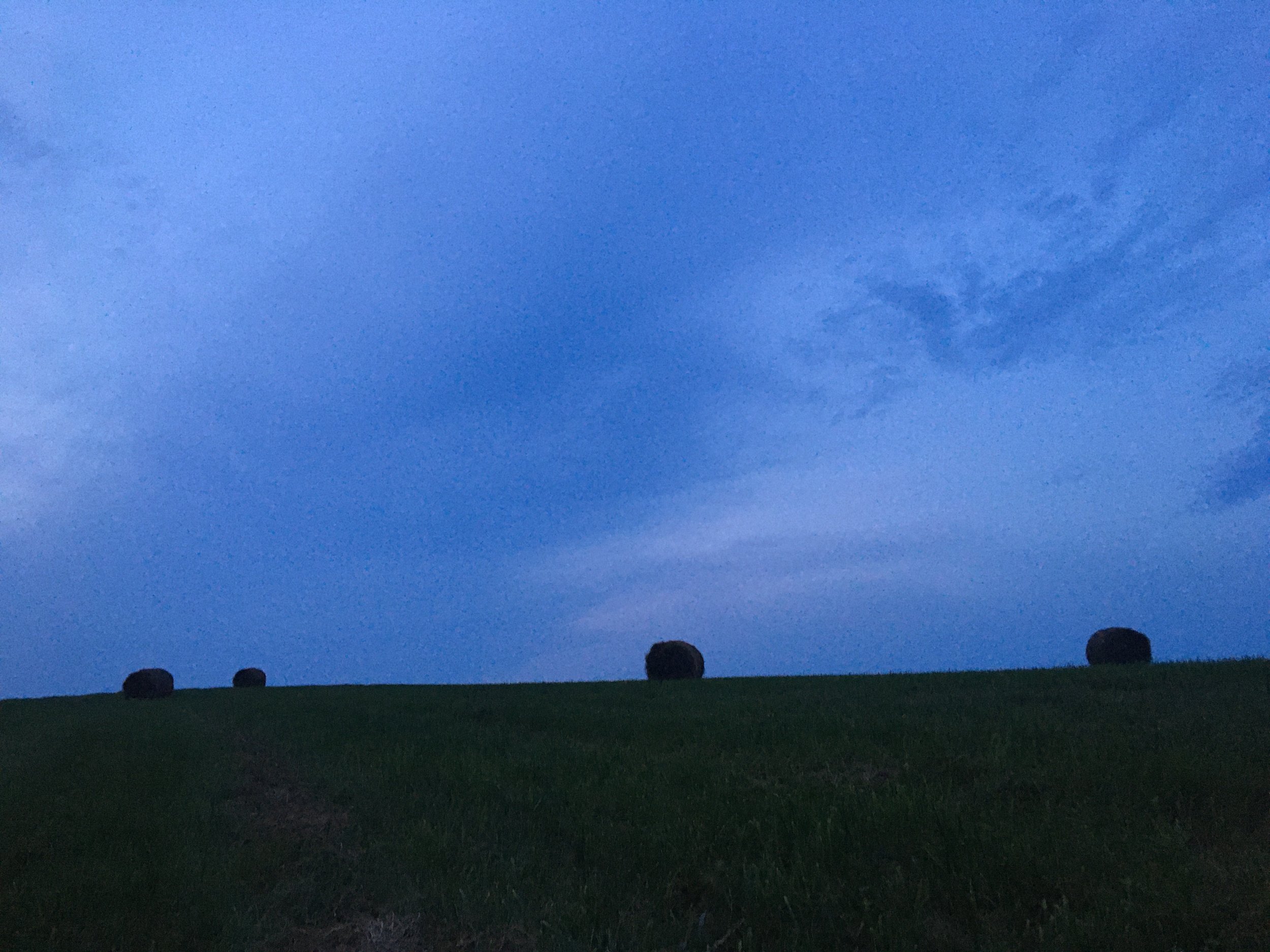

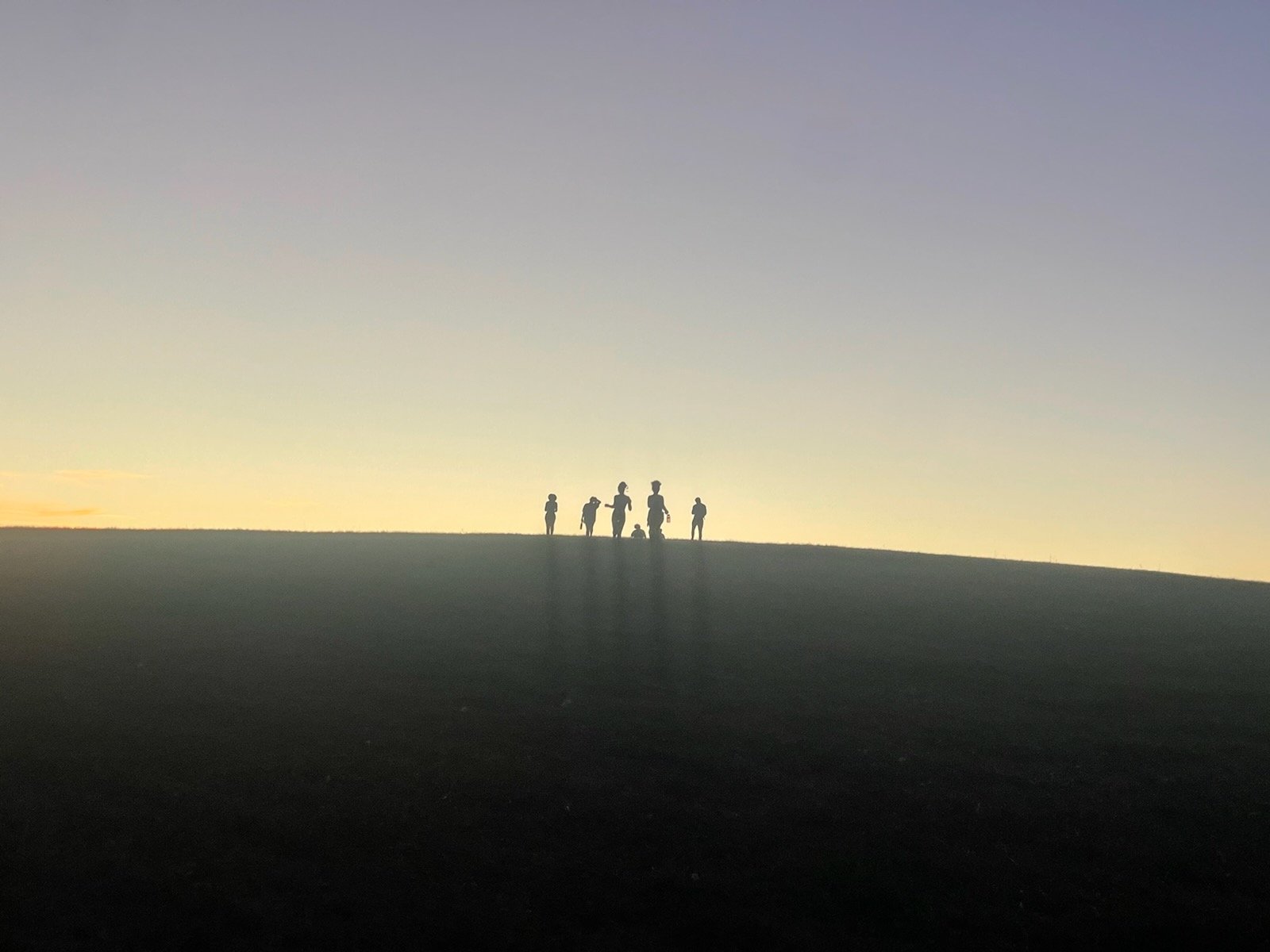
OUR STORY OF PLACE: The Larger Context
In the Hudson Valley: A great people traveled from the north and west. For many, many years they moved across the land, leaving settlements in rich river valleys as others moved on. Reaching the eastern edge of the country, some of these people settled on the river later renamed the Delaware. Others moved north and settled in the valley of a river where the waters, like those in their original homeland, were never still. They named this river Mahicannituck and called themselves the muh-he-con-neok, the people of the waters that are never still…
This is the original story, as told by late-1700s Mohican historian Hendrick Aupaumut:
People have lived along the shores of the Hudson River since the last ice age. Before European contact, the Hudson River Valley was home to Munsee-Lenape of the lower valley and the Mohicans and Mohawks of the upper valley. The Riverkeeper shares “whales swam where the Manhattoes tribe lived, the Sinsink band fed off huge oyster beds that grew in the bays, and the upriver shallows provided shad, sturgeon, smelt, and crab for the Iroquois nation. Henry Hudson an English navigator and explorer 'discovered' in 1609, what the Lenape called Muhheakunnuk,`The River that Runs Both Ways” which is now known as the Hudson River.
OUR OWN PLACES:
Kingston, NY: The city of Kingston is located in Ulster County, New York and was named New York’s first capital in 1777, yet the Dutch had set up a factorij (trading posts) as early as 1614. The Esopus and Dutch cultural influences in Kingston remain strong with many place names harkening back to languages once widely spoken in the area.
The city was burned by the British on October 13, 1777 after the Battles of Saratoga. In the 19th century, Kingston grew from its agricultural roots to become an important transport hub sith railroad and canal connections after the discovery of natural resources that could be used to build cities such as cement, bricks, bluestone.
In the early 20th century, Kingston's industries faltered as the railroad and highway provided new routes for coal and Portland cement replaced cement and bluestone. Over time, new industries came to Kingston, including garment-making, small machine manufacturing, and computer manufacturing with the arrival of IBM,. In the late 20th century, new industries came to Kingston with varied products such as solar-powered boats, leather knapsacks and handbags, hand-crafted furniture, and multimedia packages.
Kingston Discovery Report Excerpt: Compared to many places, Kingston has a particularly high number of residents working within healthcare, legal work, education instruction, and library occupations; typically, specializations that require higher education and experience. According to the 2018 US Census, the most common labor industries in Kingston, NY are Office & Administrative Support Occupations (1,465 people), Sales & Related Occupations (1,202 people), and Education Instruction, & Library Occupations (916 people). Following these sectors, a large percentage of residents work in minimum wage industries including franchised retail trade, hospitality, and food service.
The Kingston High School serves 1,900 students with 56% of the student population economically disadvantaged and ranked Level 1 out of 4 on the College, Career, and Civic Readiness Index. The CCCR index includes indicators that measure how well “students are prepared to be involved in activities important to being a productive citizen, whether they plan to attend college, or whether they plan to enter the workforce after high school” (NYSED 2018).
Hawthorne Valley, Harlemville, NY: In 1972, a group of folks purchased what was then the Curtis Vincent Farm to establish a “farm school” for children from urban centers to have a hands-on opportunity to connect with the land. The following year, the Hawthorne Valley Waldorf School was established to provide local families with an educational institution steeped in Waldorf pedagogy along with the riches that a working farm offers for further experiential learning.
The next almost 50 years have seen one inspirational initiative after another come to being as The Hawthorne Valley Association has grown. There is a full creamery offering milk (on-farm), yogurt, and a variety of cheeses. There is a bakery housed in the farm store, a full line grocery store. There is a sauerkraut-making facility in Hudson. There is a diversified farm operation of meats and vegetables selling via CSA membership, in the farm store, and at Green Markets in NYC. There are also social, pedagogical, and scientific initiatives such as a farmer training program, the Institute for Mindful Agriculture, The Alkion Center for Waldorf Teacher Education, the Center for Social Research, the Farmscape Ecology Program, Walking the Dog Theater, Adonis Press, and Free Columbia, among others (History: Hawthorne Valley).
Muheconneok: Indigenous peoples have inhabited Columbia County for almost 14,000 years. At the time of colonization it had been inhabited by the Muheconneok (the Mohicans). There would have been few Muheconneok in our immediate area (Eyre, 2003) in Ghent, NY, perhaps living at times near the Agawamuck Creek, which runs behind Hawthorne Valley School and using the general area for hunting and gathering purposes. As is so often the tragic history of this nation, the Muheconneok were forced off their land and resettled in the midwest.
Demographics of Columbia County, NY:
The population of Columbia County is approximately 59,000. It is approximately 86.3% white, 5.2% Black or African American, 4.9% Hispanic, 2.0% Asian, and 0.3% First Nations as of 2019 (U.S. Census). Columbia County has the second most land in agriculture of the 12 counties in the Hudson Valley (Data USA). The county, like many in our surrounding area, has a significant percentage of homeownership to second homeowners, the vast majority coming from NYC. This has had both cultural as well as political impacts. According to Captivate, a study released by the Regional Alliance for the Creative Economy, Columbia County has the third highest concentration of independent artists in the U.S., only below Kings County (Brooklyn, NY) and Taos County, NM respectively (2016).

